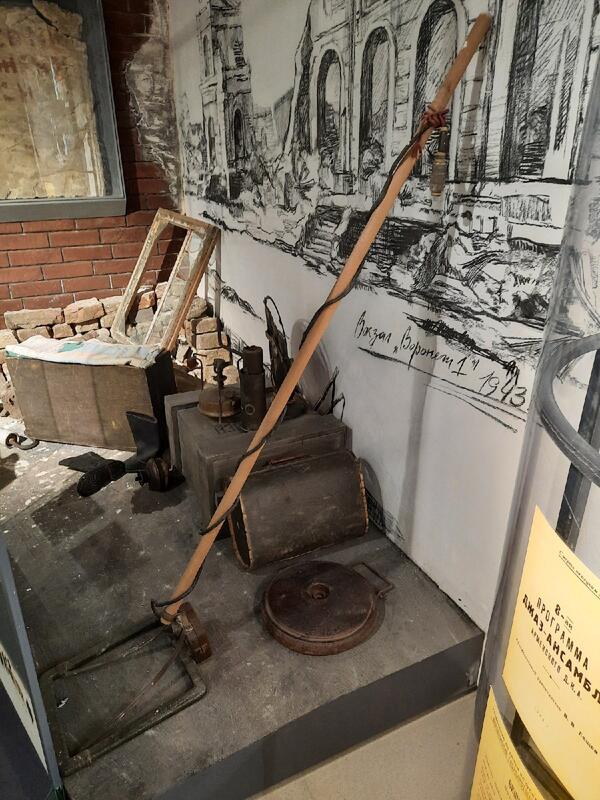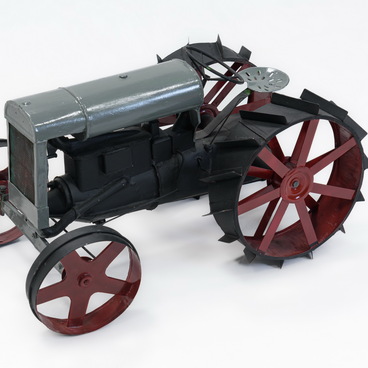The electronic metal detector was invented in 1924 in the USA. Initially, the device was developed to prevent theft of metal items from factories and was patented as the “Chilson Bridge” named after the inventor. The metal detector used a circuit based on the principles of radio signal transmission. Subsequently, metal detectors were viewed as useful in other industries, both industrial and military. In 1927, the device was slightly modified and was successfully used by treasure hunters to search for metal objects in the ground. By its design, this device was a pulse induction metal detector and used the “transmit/receive” coils technology.
In the USSR, the first mine detector was developed in 1934 by the military engineer Boris Kudymov. In 1936, an induction probe under the designation “IZ” was adopted by the Red Army. In 1939, during the First Winter War, it was improved at the Budyonny Military Academy of the Signal Corps by military engineers N.M. Izyumov, V.N. Ivanov, G.P. Teterin, as well as Captain V.V. Svyatsky and technician A.F. Makarovsky and adopted by the Red Army under the designation IMVETA-2.
Subsequently, with the changes and modifications necessary for the needs of the military, an improved version was created. After field tests, which the detector successfully passed, the new device was accepted into service with the Red Army as an army mine detector. It was referred to as VIM, which stood for “rifle-mounted induction metal detector”.
By design, the mine detector consisted of a search coil that could be mounted on a rifle or on a rod, a control unit that was mounted on the coil itself, and headphones transmitting a signal from the unit. It detected metal objects in the ground at a depth of 50 cm. Demining process was usually conducted by a group of sappers, and each had his own individual device. Holding it by the shaft, they swept the large coil over the ground in the places where mines were suspected to be, and thus cleared the corridor for heavy military equipment — trucks, armored personnel carriers and tanks. The mine detector did not react to small objects, so the process went fast enough.
In the USSR, the first mine detector was developed in 1934 by the military engineer Boris Kudymov. In 1936, an induction probe under the designation “IZ” was adopted by the Red Army. In 1939, during the First Winter War, it was improved at the Budyonny Military Academy of the Signal Corps by military engineers N.M. Izyumov, V.N. Ivanov, G.P. Teterin, as well as Captain V.V. Svyatsky and technician A.F. Makarovsky and adopted by the Red Army under the designation IMVETA-2.
Subsequently, with the changes and modifications necessary for the needs of the military, an improved version was created. After field tests, which the detector successfully passed, the new device was accepted into service with the Red Army as an army mine detector. It was referred to as VIM, which stood for “rifle-mounted induction metal detector”.
By design, the mine detector consisted of a search coil that could be mounted on a rifle or on a rod, a control unit that was mounted on the coil itself, and headphones transmitting a signal from the unit. It detected metal objects in the ground at a depth of 50 cm. Demining process was usually conducted by a group of sappers, and each had his own individual device. Holding it by the shaft, they swept the large coil over the ground in the places where mines were suspected to be, and thus cleared the corridor for heavy military equipment — trucks, armored personnel carriers and tanks. The mine detector did not react to small objects, so the process went fast enough.



